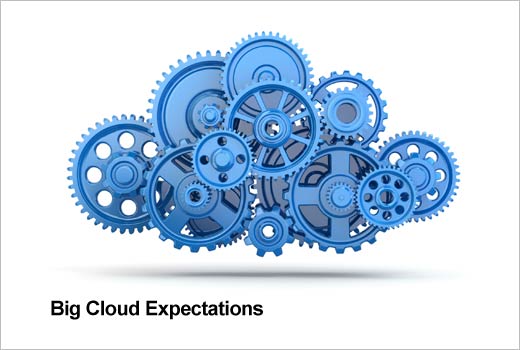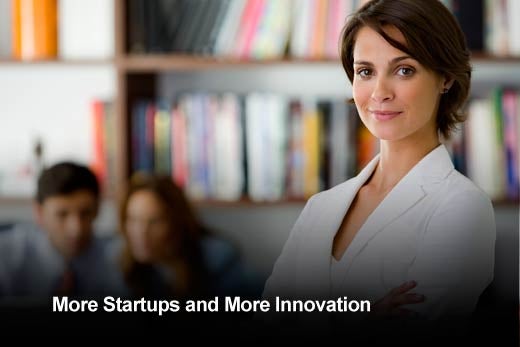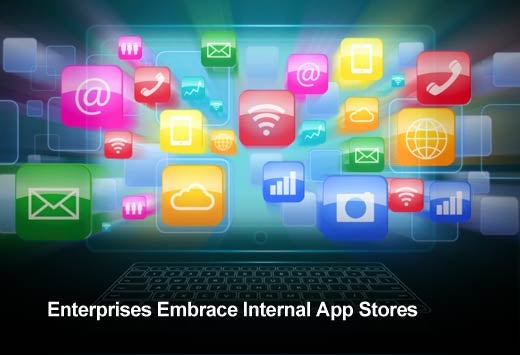Given the rising cloud adoption, the increased interest in data visualization tools and the rise of internal enterprise app stores, 2015 is expected to be a big year for the cloud. Cloud adoption has reached a tipping point with a majority of businesses deploying at least a portion of their processes to the cloud. Debate still surrounds whether organizations should embrace public cloud versus private cloud deployments, but businesses, as well as consumers, are becoming more and more comfortable with the technology and flexibility provided by cloud deployments.
In this slideshow, Greg Arnette, CTO and founder of Sonian, a pioneer in cloud-based archiving, provides insights on the factors he predicts will have a major impact on the cloud industry this year.
Sonian preserves, protects and presents the world’s information. More than 19,000 customers in 40 countries trust Sonian’s secure proprietary SaaS platform and cloud search engine to retain and retrieve valuable data and protect intellectual property. Sonian manages more than 20 billion objects in the cloud; every day, 17 million new documents are uploaded to Sonian’s email archive, which is integrated with the world’s five largest public clouds.
Big Cloud Expectations
Click through for insights on factors that will have a big impact on the cloud industry in 2015, as identified by Greg Arnette, CTO and founder of Sonian.
Cloud Is the New Normal
Arnette wholeheartedly agrees with Amazon Web Services SVP Andy Jassy when he said that “the cloud is the new normal.” Cloud is now the default platform to launch any new project, whether a hot new mobile or social app or rebuilding a legacy enterprise internal system. The market will coalesce around a few massive public clouds (Amazon Web Services, Google Compute Cloud and Microsoft Azure Cloud) because they have the momentum and financial backing to support extreme innovation on two important fronts: driving cost down while at the same time adding new features.
There will also be room in the market for “niche” cloud players that compete with differentiated features or customer support. Cloud providers such as Rackspace, Digital Ocean, CenturyLink and Joyent are offering value added services or targeting a specific persona different from AWS, GCE or Azure. In 2015, cloud vendors will offer new capabilities to help customers make more efficient utilization of the physical resources. AWS Lambda and the containerization movement sparked by Docker are two examples of technical capabilities.
More Startups and More Innovation
In 2015, we will see even more startups emerging to solve problems both big and small. Startups in 2015 will benefit from a wide array of open source technology building blocks and ever cheaper cloud infrastructure. Multiple avenues exist to finance a new business, including startup incubators, angel syndicates, and Kickstarter campaigns. New teams are creatively combining these funding sources with “lean” principles to efficiently determine if an idea is worth pursuing.
While it’s never been easier to technically build something, the real work is figuring out what to create. There will be a lot of “spaghetti” thrown against the wall to see what sticks with customers.
User Experience Will Be a Major Differentiator
Assuming that the majority of people have access to open source, cloud, app store distributions and a world-wide talent base, finding ways to “stand out” will be more difficult. With so many new projects launching on commodity platforms, the ways to differentiate one company from another will be limited. There are ways for a company to get to the forefront, but a major factor for 2015 will be visuals and user experience.
We’re now in an age when visuals can make or break a brand. Having an attention-grabbing and enticing visual presentation along with a unique user experience is a great way to get noticed, beat competitors and attract an audience.
Machine Learning and Data Visualization Will Take Off
Businesses will desire to find “exponential” value in all the data they collect. It’s never been less expensive to preserve a business’s digital artifacts. In 2015, there will be more projects that help companies mine their data for valuable insights. These include new ways to interact with massive amounts of data and new user experiences that will be radical, yet also feel intuitive and familiar.
To that point, the concept of digital librarians will be a “thing” as companies will want talented searchers to be able to help determine the best use of all this information. Machine learning and artificial intelligence engines will also be deployed across the clouds to analyze petabytes of text and serve up valuable intelligence.
Enterprises Embrace Internal App Stores
Businesses will deploy internal app stores to allow employees self-service access to a wide array of company sanctioned IT services. Companies will also see more worth in IT itself and it will increasingly become a value-add service as opposed to strictly a cost center.
Internal app stores will be curated by IT groups and influenced by business unit managers. Assuming all knowledge workers are comfortable with the app store concept, this could be a seamless transition. Internal app stores will use security and auditing controls in order to monitor access.
More ‘Bring Your Own Everything’
Another trend is a concept called “bring your own X.” We are well into the era of “bring your own device” with employees using their own smartphones and tablets at work. “Bring your own everything” is just around the corner. Businesses will be allowing individuals to bring everything from their own IT (devices and apps) to their own health care (ACA state health exchanges).
Over the next five to 10 years, companies will be providing less central core services and placing the burden (or opportunity) on the employee to be more self-sufficient while internal app stores will help police information security policies. The only thing a business will keep hold of is the critical data that makes up the organization’s crown jewels.









